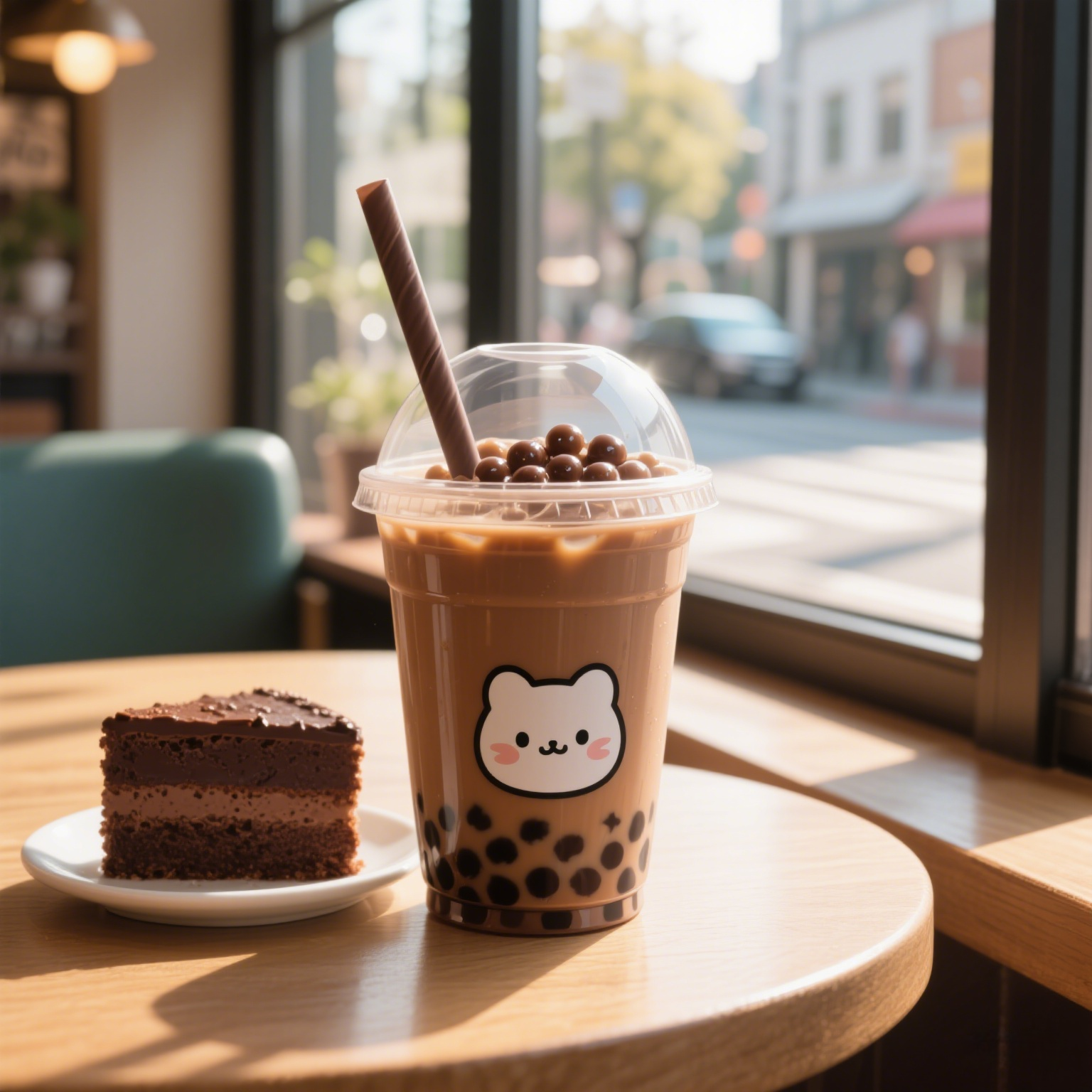In this modern world of drinks, boba cups, also called bubble tea cups, are now seen as one of the most convenient types of food containers. Boba cups originated from Taiwan’s bubble tea craze, and they now serve a variety of drink shops and cafes around the world. Along with new technologies in consumer packaging, changes in consumer preferences, and heightened focus on packaging design and environmental friendliness, boba cups have come a long way. The focus of this article will consider the various applications of boba cups through the lenses of bubble tea’s popular and marketing trends along with brand responsibility toward nature.
Employing Various Kinds of Drinks
As stated earlier, one of the advantages of boba cups in business is their versatility regarding different kinds of drinks. In addition to serving bubble tea, which is boba tea with tapioca pearls, the cups are now used for iced fruit teas, smoothies, milkshakes, and even coffee. Because of its construction strength like Polypropylene (PP) or PET, they are safe for hot and cold drinks. For example, double-walled boba cups keeps steaming hot milk teas hot. They do not allow heat to transferred to the users hands and use clear PET. This also allows the colorful layers of fruit smoothies to be seen which is good for the customers eyes.
The boba cups design can also change with the toppings and sauces that come with the drinks. Molds were created arthroscopically to straws which fit boba pearls. Now, the oversize boba straws can serve other popular toppings like jelly, aloe vera bits, or popping boba. Because of this, it became easier to serve plant based milk beverages.
Integrating Design Innovation for Aesthetics and Function
The design of boba cups now captures the creativity of marketers as businesses compete with each other to capture the attention of buyers. From custom prints to bright colors and unique shapes, they are all emerging in the market. Cups are also designed to suit certain demographics. For example, younger groups have glossy, youthful pop art motifs, and upscale cafes have minimalist logos with matte-finished cups. Some brands go as far as adding interactivity by using temperature change prints that alter color based on the temperature of the liquid inside.
With the Post-COVID-19 era and increase in food delivery services, people are more concerned about the safety and tampering of drinks, making cups with handles easier to use. Other factors such as the economics of design contract also lead to the popularity of stackable cup designs for limited space cafes. Boba cup design has received an increase in attention with the change in consumer mobility and design trends across industries. Utilitarian branding strategies like those using recycled paper sleeves and branded sustainability messages or plant-based plastics make forgiving branding choices.
Part of Brand Identity and Marketing
The boba branding as well as the boba cups themselves constitute part of the marketing strategy because the customers will always look at and recognize the logo. A branded cup is a cup which advertises the brand on the streets, at the office, on capus e.t.c. Independent Bubble tea shops are an example of smaller enterprises using local art to market themselves. At the same time, international chains use standardized cup designs to ensure that franchises all over the world serve their drinks in the same branded cup.
Due to Social media platforms like “Instagram” and “Tik-Tok,” the aesthetic value of boba cups has risen dramatically. Striking boba cups are easily recognizable in user-generated content (UGC). This means that businesses can take advantage of these marketing tactics by creating “Instagrammable” cups like gradient colored or holographic seasonal ones people are more likely to share pictures of. Some of them became famous by partnering with artists or influencers to design the cups that are trendy on social media. They have transformed an ordinary cup into a limited edition collectible.
Sustainability and Environmental Practices
The concern for the environment has put the beverage industry - including boba drinks - in a position where they must adopt sustainable practices by creating eco-friendly boba cups. Some brands are beginning to use PLA cups made from corn starch, PET recyclable cups, and compostable paper cups with plant-based linings, which take the place of traditional plastic single-use cups. PLA and PET support spending from younger shoppers who care about sustainability while reducing environmental impact. Innovations for boba cups did not Stop there.
Customers are now able to obtain sturdy cups at some cafes for a small fee, and these cups can later be returned for a discount or refund. These deposit-based reusable cup programs have been shown to reduce waste and foster community spirit. Other brands are adding a streamlining design to boba cup packaging to reduce material used, therefore allowing for a more streamlined shape without compromising strength, which overall reduces waste.
Future Improvements: Tech Integration & Custom Ingredients
It's possible that boba cups will further integrate with technology and personal preferences down the line. Smart packaging would allow for cups with QR codes that could be scanned by users to unlock exclusive content, recipe tutorials and loyalty rewards, or brand stories shared from behind-the-scenes—and a myriad of other options. Even further personalization is possible through on-demand printing technologies that allow clientele to print their names, images, or messages on the cups, something commonly done in cafes and event catering.
Also, with the increasing popularity of plant-based and functional beverages, boba cups could be customized to dietary needs, incorporating leak-proof lids for thick smoothie bowls or UV protection for light-degradable juices. The next generation of boba cups will implement a design overhaul fused with sophisticated technology that seamlessly blends function with style so that boba cups remain indispensable in the beverage industry.
To sum it up, boba cups have evolved from basic containers to amazing creations that capture the essence of contemporary culture. Their importance in a constantly changing marketplace is proved by their adaptable use as containers, design applications, reinforcement of brand identity, and integration of sustainability. These cups will certainly help redefine the beverage industry with every sip as change is constant.



